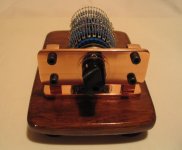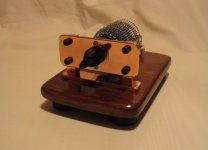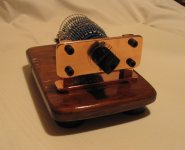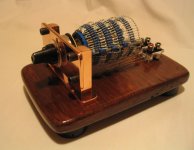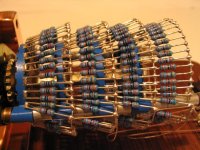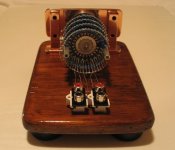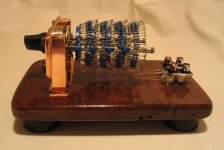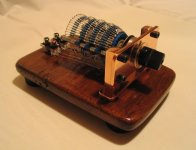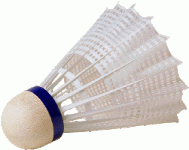It's not Aleph ,but I hope Nelson and others won't mind putting it here.This is my small toy I built some time ago,after I found nice 22 positons,4 deck switch in local surplus store.The piece of wood was a part of old (over 50 years) shelf that I found in attic.You can see those little holes made through years by insects.
This is ladder type 4,7K attenuator.After some reaserch I found that even Elma and Gold Point ladder type attenuators are not really ladder becouse in some couple of close positions they work as shunt types.
This is becouse of lack of calculated values (one would have to custom order resistors values).I figured that both resistors (signal and ground) can be built of two in parallel.Then creating Exel sheet with regular values and the formula for paralleling resistors gives hundreds of values that one never finds in regular production values.
The bad side is that I needed twice as much resistors and the benefit: the input impedance is rock steady regardles of position (-/+ 2-3ohm).
It took me three days to solder them.Was it worth it? I'm not sure ,probably not,but I had fun.
Also I found local company that produces custom values high quality resistors (0,1% , 10ppm , non-inductive) so next time I might try them.
Bartek
This is ladder type 4,7K attenuator.After some reaserch I found that even Elma and Gold Point ladder type attenuators are not really ladder becouse in some couple of close positions they work as shunt types.
This is becouse of lack of calculated values (one would have to custom order resistors values).I figured that both resistors (signal and ground) can be built of two in parallel.Then creating Exel sheet with regular values and the formula for paralleling resistors gives hundreds of values that one never finds in regular production values.
The bad side is that I needed twice as much resistors and the benefit: the input impedance is rock steady regardles of position (-/+ 2-3ohm).
It took me three days to solder them.Was it worth it? I'm not sure ,probably not,but I had fun.
Also I found local company that produces custom values high quality resistors (0,1% , 10ppm , non-inductive) so next time I might try them.
Bartek
Attachments
It's lovely and different. You should use some real jacks with such a nice attennuator though.
How did you protect the copper?
How did you protect the copper?
wow
That's almost enough to send me back to the drawing board on my BOSOZ (again)!
Beautiful job. Like the silver wire touch.
Erik
That's almost enough to send me back to the drawing board on my BOSOZ (again)!
Beautiful job. Like the silver wire touch.
Erik
Actually, they seem to exist: http://www.vishay.com/docs/54003/rmf.pdfChrister said:Are those conductive plastic resistors, Hugo? 🙂
Not as nice as the Badminton attenuator though 😎
Say zygibajt, would you mind to post some more technical info about your attenuator? Little schematic, and how to calculate the values?
/Hugo 🙂
Netlist said:
Actually, they seem to exist: http://www.vishay.com/docs/54003/rmf.pdf
Not as nice as the Badminton attenuator though 😎
Yes, conductive plastic is used in some potentiometers.
I actually bought one of those today. Don't think there are
any ordinary resistors made from it, though.
- Status
- Not open for further replies.
- Home
- Amplifiers
- Pass Labs
- My little passive preamp
